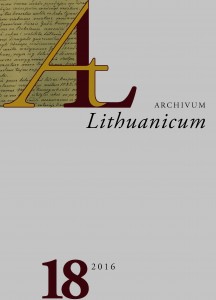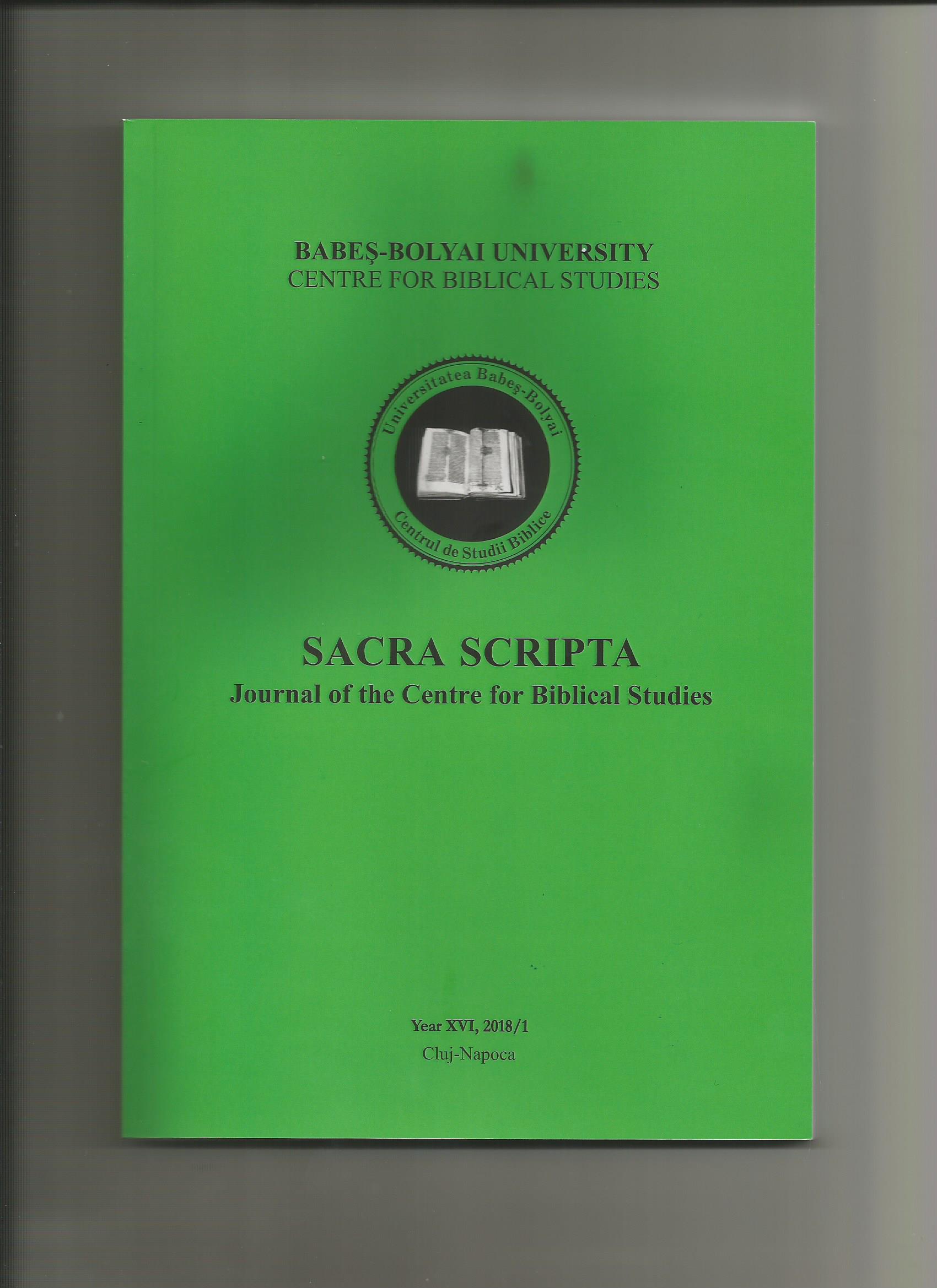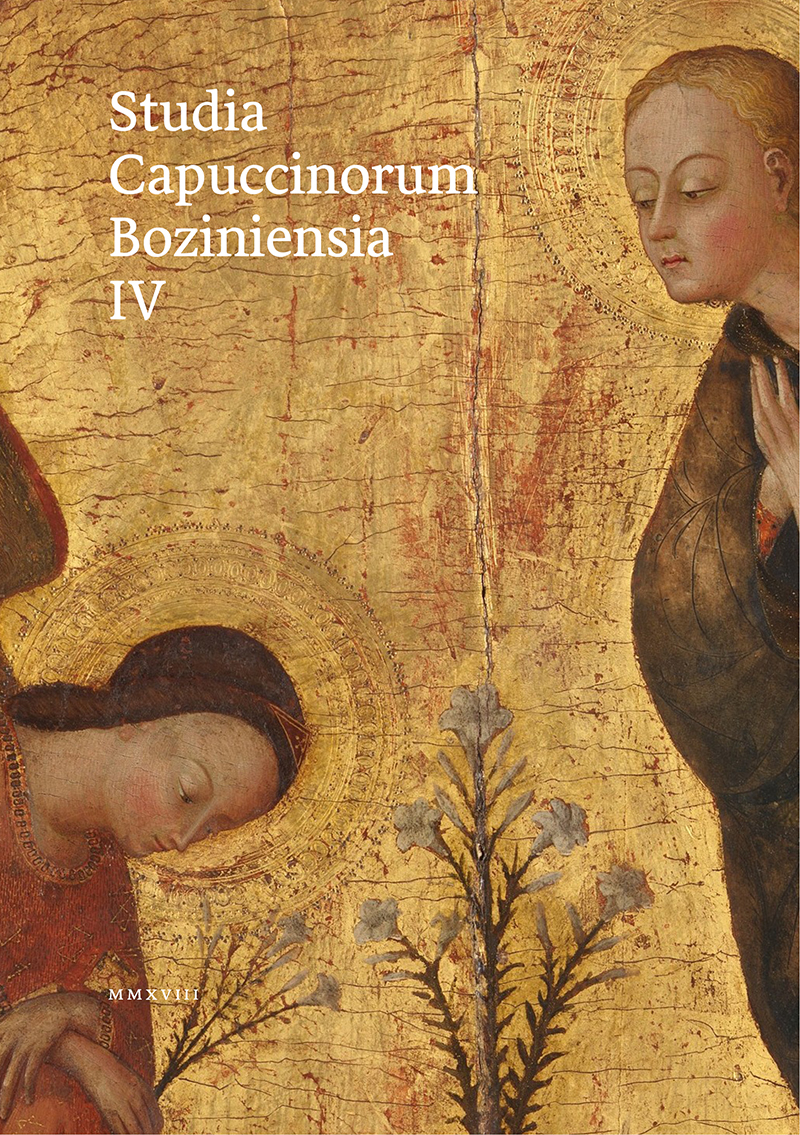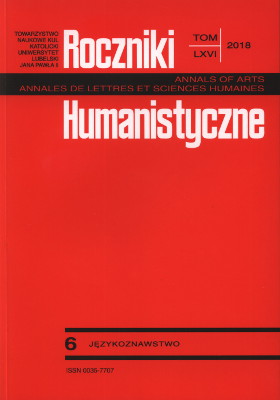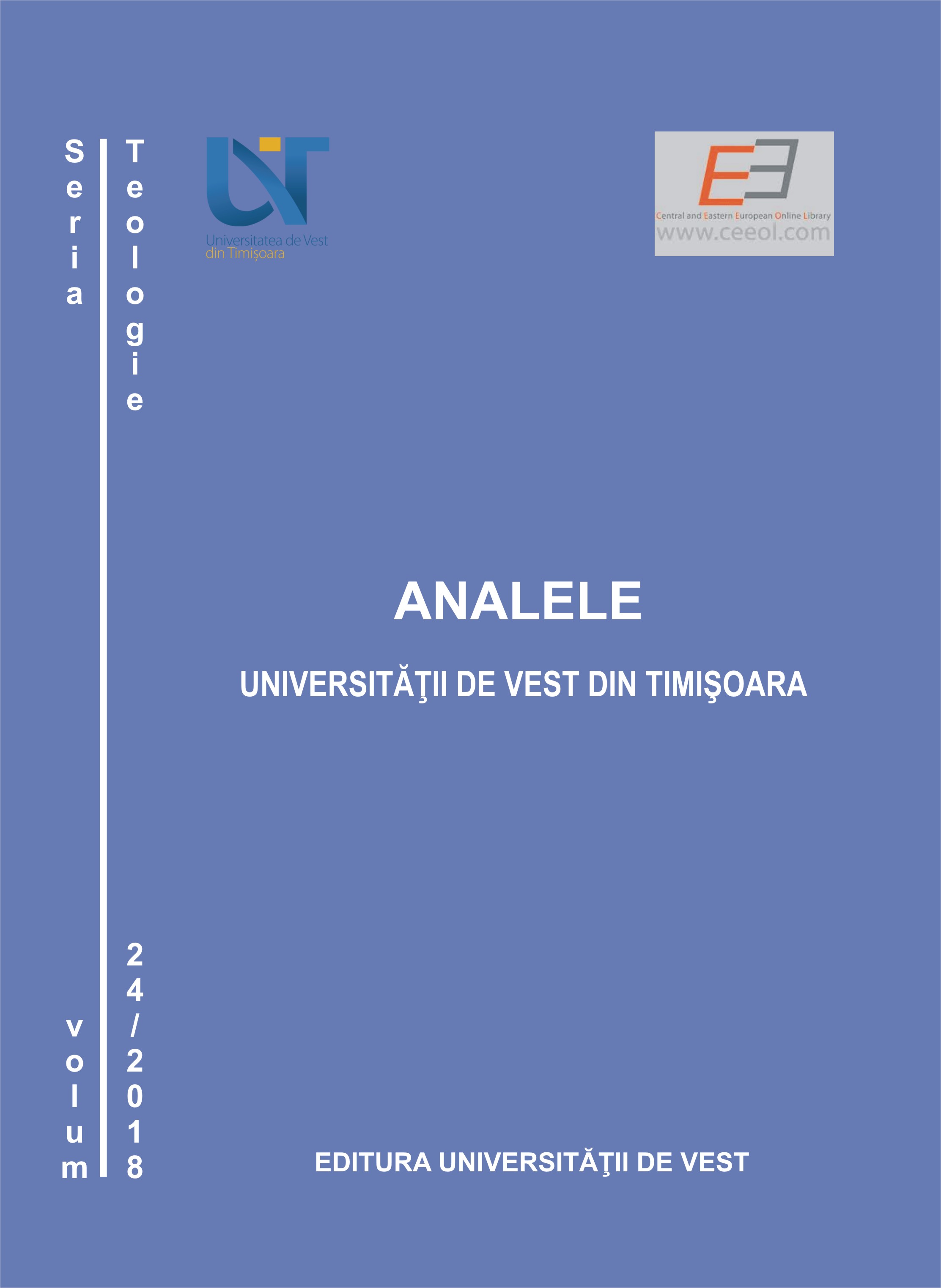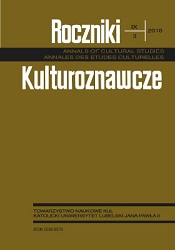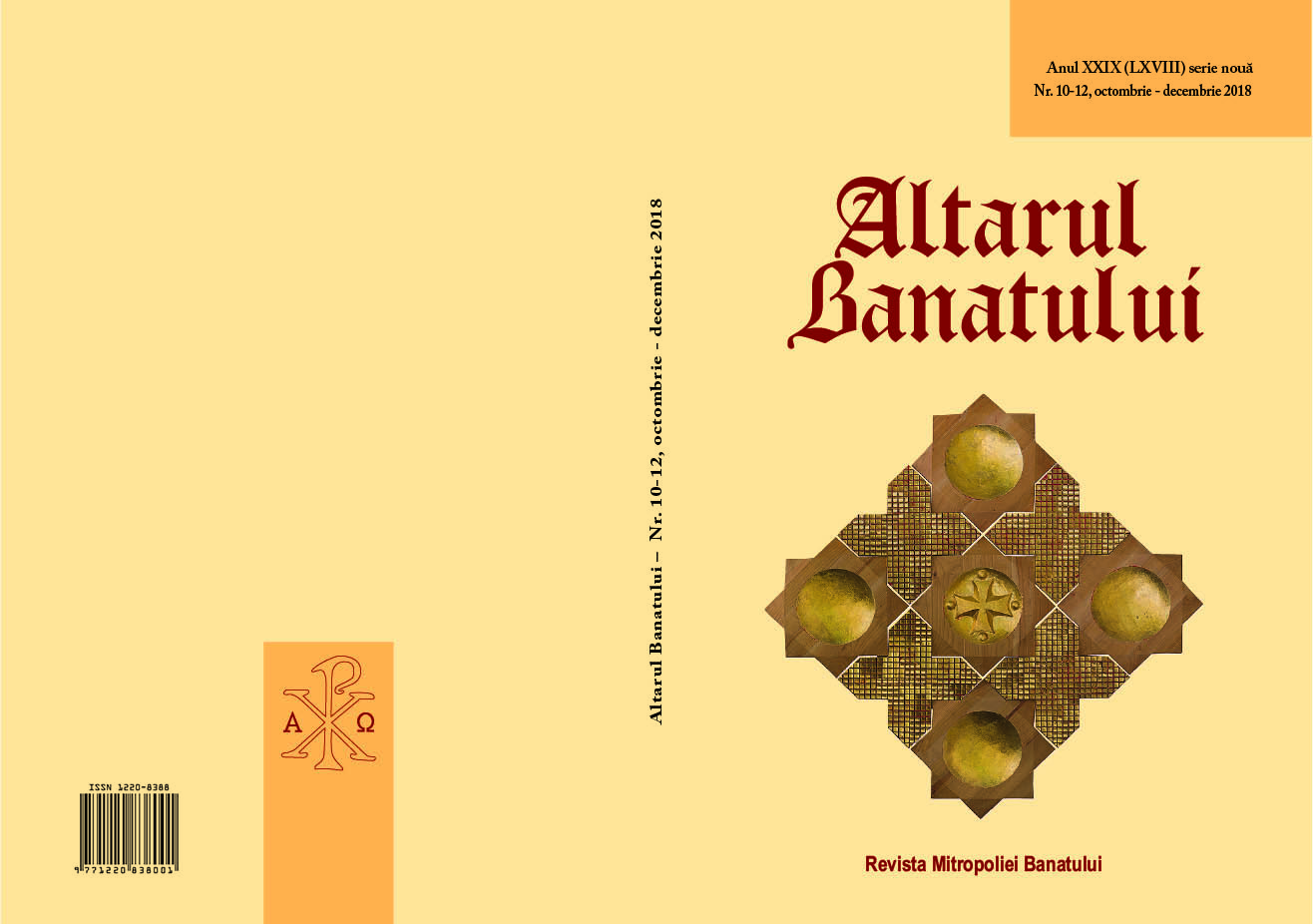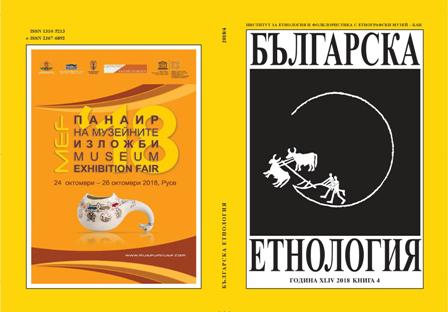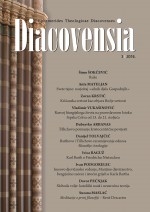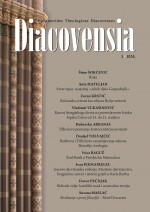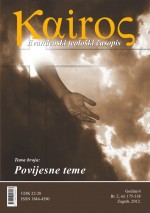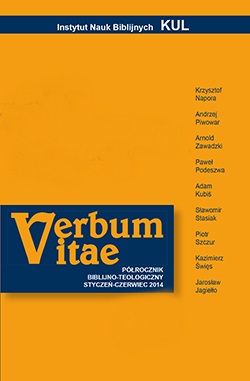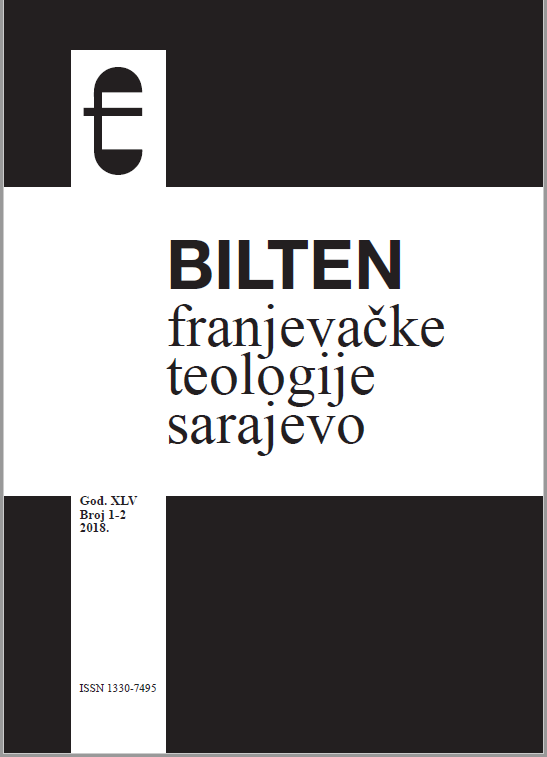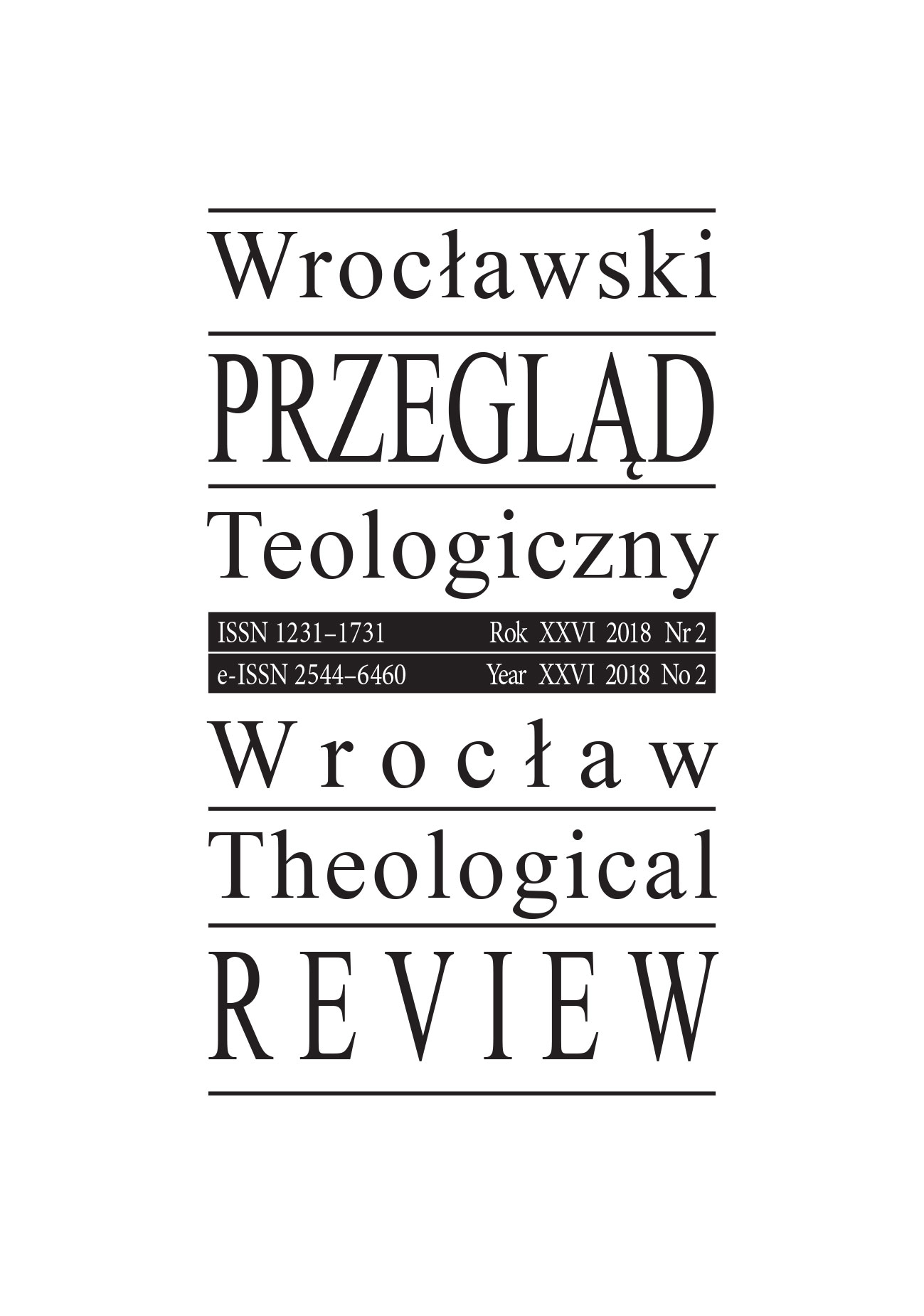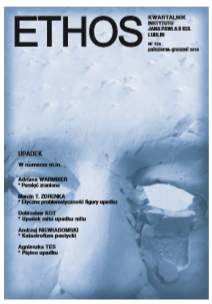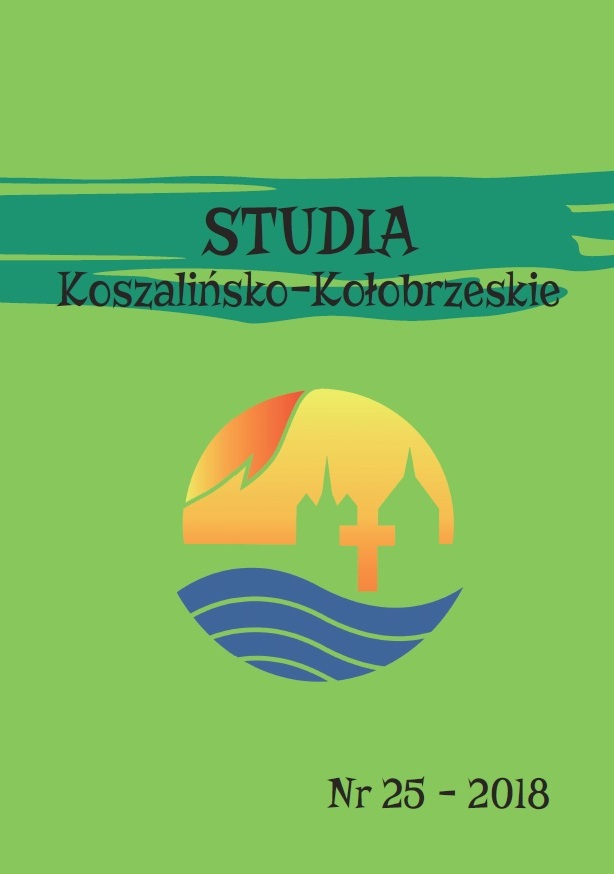
Święta Rodzina – żywą ikoną Trójcy Świętej
This article studies the issue of the image of God in man. It strives to find this image on the social level, meaning a person’s relationship with others. As a starting point, the author chose the Biblical Account of the Creation of Man. People are created as a man and a woman, in the image of God, who is the First in the relationship of the Persons of the Holy Trinity. Just after people sinned, they broke their relationship with the Lord God. However, the Lord God does not abandon his creatures. He sends his Son to seek people out and build a new relationship between God and man. In his wisdom and in his way, he teaches men about God. He communicates with people in the language of the Word, through signs and pictures. The Holy Family of Nazareth where our Lord Jesus Christ was born and raised and was started thanks to God’s grace in cooperation with people can also be a way for God to communicate with people according to the author. God who lives in a perfect relationship as the Trinity can also be seen in the Holy Family, which is the model of interpersonal relationships based on communio caritatis. People can imitate them in their own family lives and homes, and in this way, they come closer to getting to know God not only on the intellectual level, but experience God in their personal lives thanks to their relationships with others. The Holy Family of Nazareth can be described as the Earthly Holy Trinity, meaning that it can be understood as a living icon of the Holy Trinity. As such, it helps us to get to know God in the One Holy Trinity. Not being God itself, the Holy Family represents God thanks to its virtues.
More...
